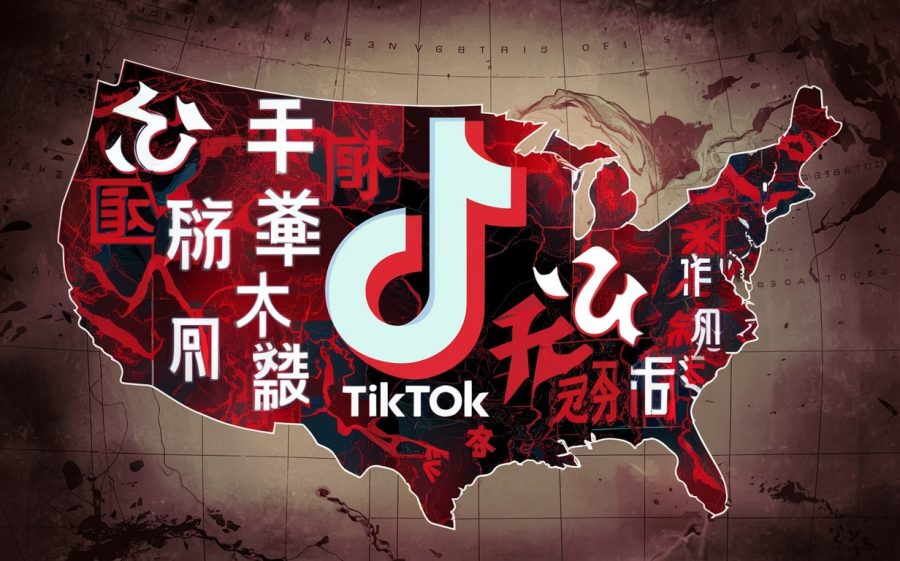The role of the document has risen in fame over the past few years. Documents that can be integrated into Web oriented systems and mobile apps have taken on new levels of sophistication as the complexity and volume of data has exponentially increased.

In this vein, Pitney Bowes launched a service last week that turns physical mail into digital communications. The service is called Volly. It’s an interesting move for a company that is nearly as old as the modern U.S. mail system. Its equipment is used to process mail for organizations all over the world. With Volly, its concept is to consolidate the mail that consumers receive into one application by intercepting the mailing data and delivering it as a digital document that is then sent to the application in a form factor that fits the specific device.
According to Pitney Bowes, Volly is a platform that businesses can use to give its consumers the ability to receive, view, organize and manage bills, statements, direct marketing, catalogs, coupons and other content. Consumers can use it to manage mail from multiple providers. The service will be available in the second half of the year, first for iOS and eventually for Android devices. An API is planned after the launch.
Content is starting to shift to different channels through the modification of the format of a document. The calendar is designed for a smartphone or as an app to be viewed on a desktop. Its value as a document to pin on the wall of a room is far less so than in the latter part of the late 20th century. Its greater value is in its portability and accessibility.
But there are plenty of documents that have not caught up. These include the bank statement, credit card bills and other transaction based documents that often require multiple applications to process.
Pitney Bowes plans to integrate its server technology in the mail process for documents to be delivered to the Volly service for bills and other materials to be viewed on devices such as the iPad, laptop or smartphone. The technology is designed to take the data from a mailing and place it in a format that can be delivered as a communication to the end user.
Pitney Bowes Spokesman Matt Broder said in an interview today that they are still deciding what to charge or if they will charge anything at all for the server installation. Instead, mailers will be charged on a per piece basis. The application will be free for the end consumer perhaps with a nominal fee for storage if they choose to archive the document.
This is one of those times when you see the shifts in the way content is delivered. The formats we receive do not always cross to different devices. But we are increasingly seeing the evolution of media to multiple formats and by default a variety of channels. The Pitney Bowes news fits into that transition. The question is how consumers will embrace a practice that they have so far been hesitant to adopt.
Static documentation is being formatted for the Web. MindTouch has developed a platform that turns customer support documentation into information that is curated and accessible through a Web environment, not locked into a static document. The MindTouch technical communications suite is designed to add a social component to documents that have traditionally been difficult to integrate to the Web due to the conflicting formats of the technology.
Documents have a historic transaction value. Contracts, invoices and agreements are delivered as physical and digital documents. But people still want their bill delivered in the mail. They want a way to store the paper copy of the transaction. A big part of the problem is formatting. How can the bills be easily accessed? How can all this mail be formatted so people may see the content across different devices and act upon it?









